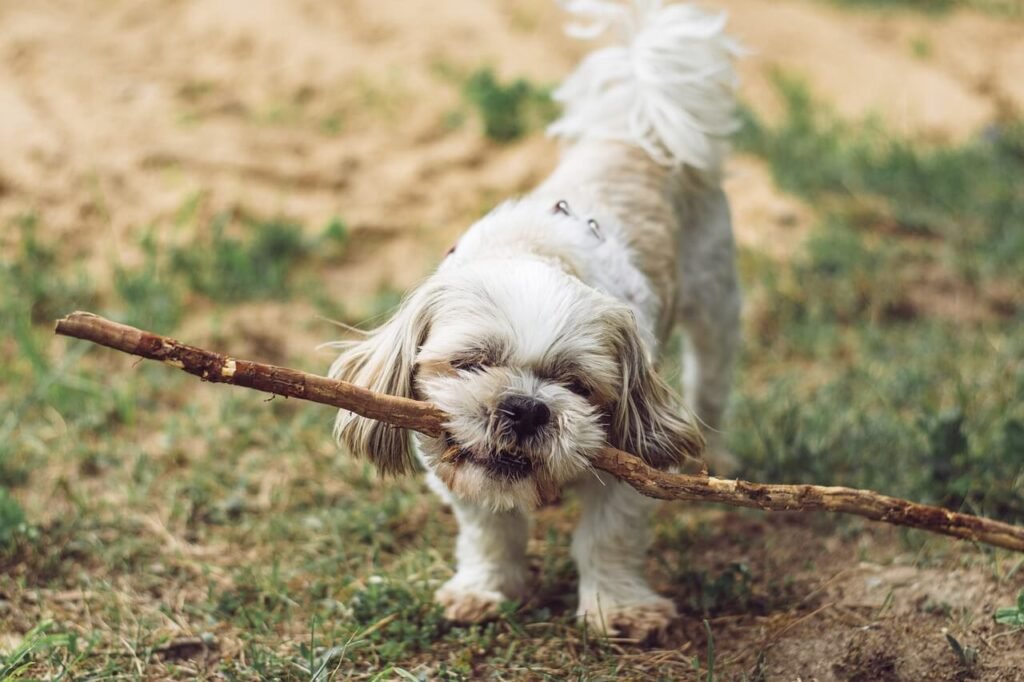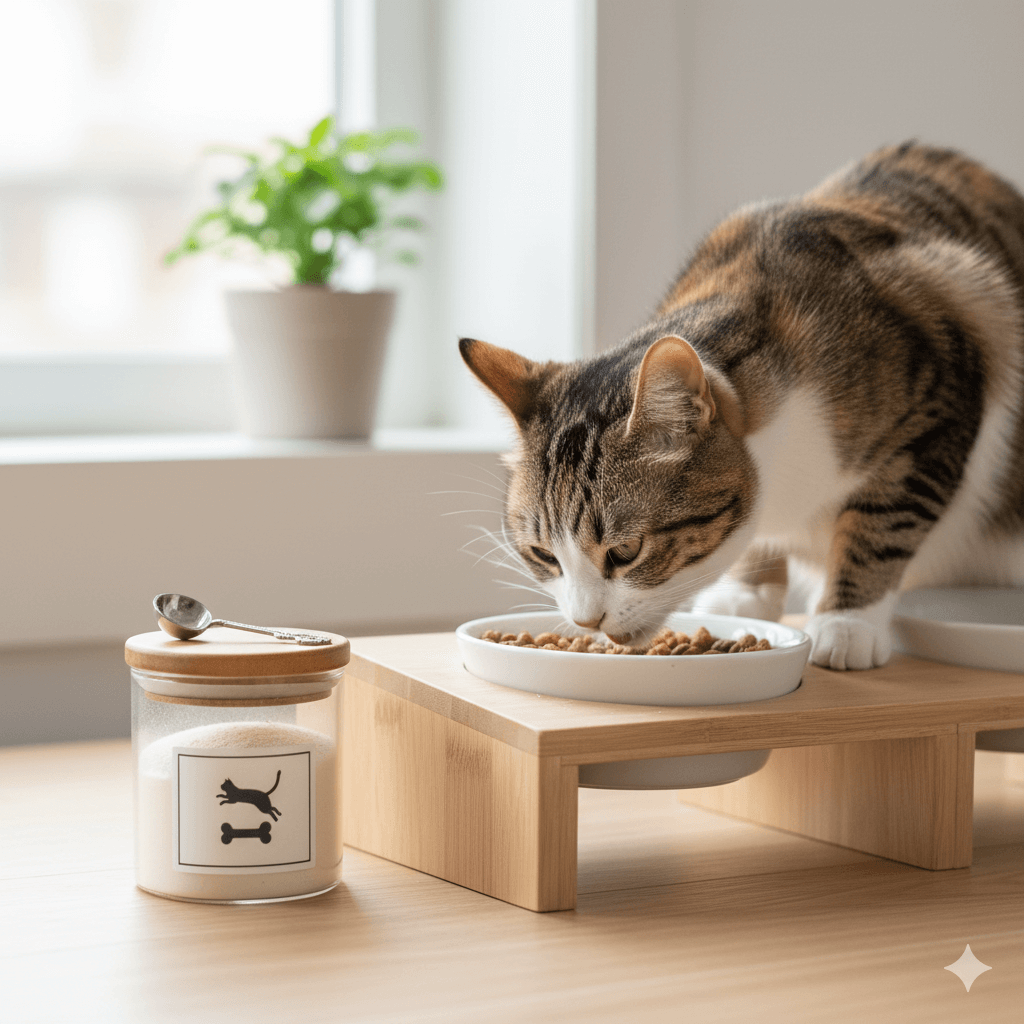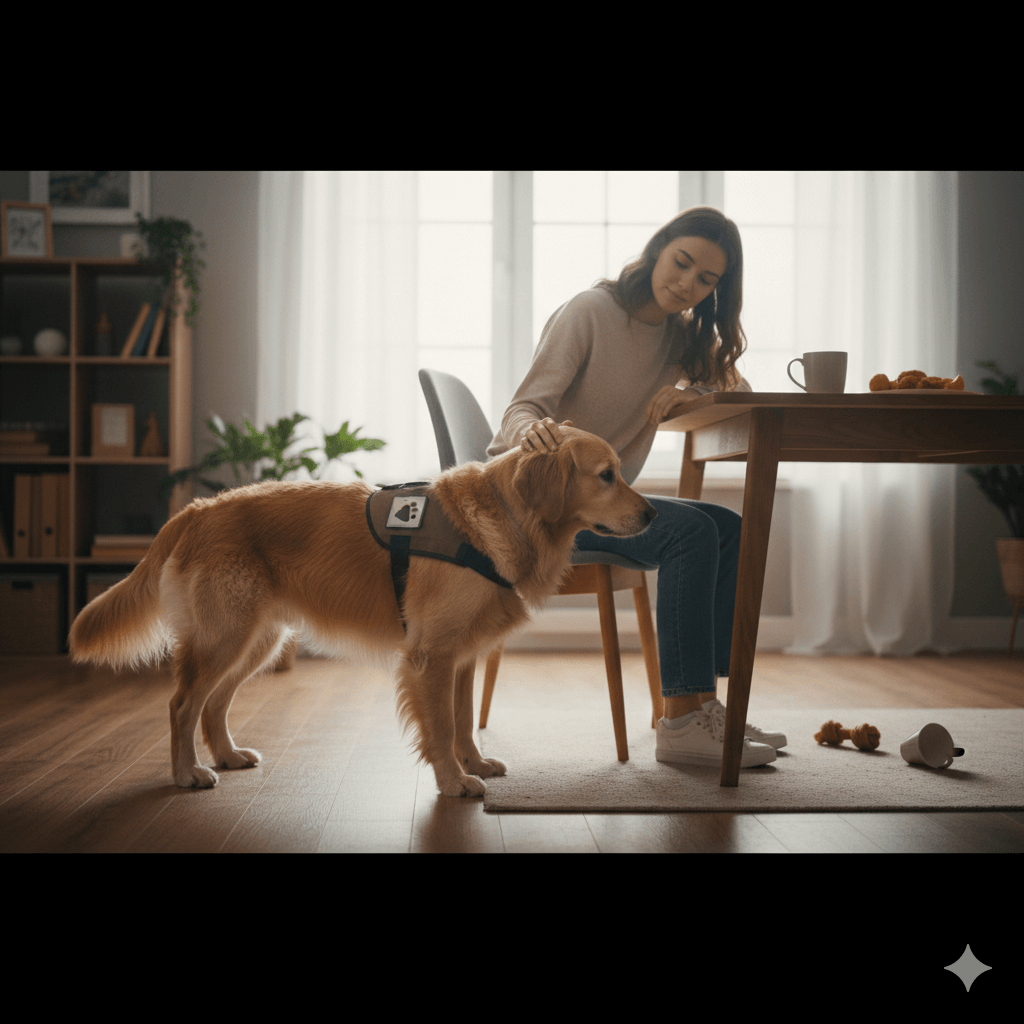Can Dogs Eat Olives? A Comprehensive Guide for Pet Owners
If you’re a dog owner, you’ve probably found yourself pondering the question, “Can dogs eat olives?” Whether it’s during a family dinner or while snacking on these salty treats, curiosity about what’s safe for your furry friend is natural. Olives are a popular snack enjoyed by many, but when it comes to our canine companions, things aren’t always black and white. In this blog post, we’ll dive into the details of whether olives are safe for dogs, potential risks, and how to incorporate them into your pet’s diet responsibly. Let’s explore the world of olives and dogs together!
Are Olives Safe for Dogs? Key Considerations
Before you toss an olive to your pup, it’s important to understand the factors that determine whether they’re safe. While olives themselves are not toxic, certain aspects can make them less than ideal for dogs. Here’s what you need to know:
Low Toxicity : Olives are not considered toxic to dogs, meaning they won’t poison your pet if consumed in small amounts.
High Sodium Content : Most olives are packed in brine, which contains high levels of salt. Excessive sodium can lead to dehydration or even sodium ion poisoning in dogs.
Potential Allergies : Some dogs may have sensitivities or allergies to olives, just like humans do with certain foods.
Pit Hazards : Olive pits can pose a choking hazard or cause intestinal blockages if swallowed.
Caloric Density : Olives are calorie-dense due to their fat content, which can contribute to weight gain if fed excessively.
While olives aren’t inherently harmful, moderation and preparation are key to ensuring your dog stays healthy and happy. Always observe your pet after introducing any new food.
Benefits of Feeding Olives to Dogs (In Moderation)
Though olives should be given sparingly, they do offer some nutritional benefits for dogs. These perks make them a potentially valuable treat when offered correctly. Here’s a breakdown of the advantages:
Healthy Fats : Olives contain monounsaturated fats, which support skin and coat health in dogs.
Antioxidants : They are rich in antioxidants, which help combat oxidative stress and reduce inflammation.
Vitamins and Minerals : Olives provide vitamins like E and K, along with minerals such as iron and calcium.
Low Carb Content : For dogs on low-carb diets, olives can be a suitable snack option.
Hydration Boost : Fresh olives have a high water content, contributing to your dog’s daily hydration needs.
Remember, the benefits only apply if olives are served plain and without added ingredients like spices or oils. Always prioritize quality over quantity when treating your dog.
Check this guide 👉Can Dogs Eat Kiwi? Best 7 Expert Tips!
Check this guide 👉Can Dogs Eat Pizza? Best 7 Health Tips!
Check this guide 👉Can Dogs Eat Tofu? Best 7 Expert Tips!

Considerations Before Feeding Olives | Tips for Safe Consumption |
|---|---|
High sodium levels | Rinse olives thoroughly to remove brine |
Risk of choking from pits | Remove pits before offering to your dog |
Potential allergic reactions | Introduce one olive at a time gradually |
Calorie-dense nature | Limit portion sizes to avoid overfeeding |
Not ideal for frequent consumption | Use as an occasional treat, not a staple |
How to Safely Serve Olives to Your Dog
Feeding olives to your dog requires careful preparation to minimize risks and maximize enjoyment. Follow these guidelines to ensure your pet has a positive experience:
Choose Plain Olives : Opt for olives without added seasonings, garlic, or spices, as these can upset your dog’s stomach.
Rinse Thoroughly : Wash olives under running water to reduce their salt content before serving.
Remove Pits : Always take out the pit to prevent choking or digestive obstructions.
Cut Into Small Pieces : Slice olives into bite-sized pieces to make them easier to chew and digest.
Monitor Portion Sizes : Stick to one or two olives per serving, depending on your dog’s size and dietary needs.
By following these steps, you can safely introduce olives into your dog’s diet without compromising their health.
Signs to Watch for After Feeding Olives
Even if you’ve taken precautions, it’s essential to monitor your dog for adverse reactions after giving them olives. Here are signs that indicate something might be wrong:
Excessive Thirst or Urination : This could signal sodium overload from the brine.
Vomiting or Diarrhea : Digestive upset may occur if your dog consumes too many olives or reacts poorly to them.
Lethargy or Weakness : Unusual tiredness can point to sodium toxicity or another issue.
Difficulty Breathing : If your dog struggles to breathe, seek veterinary care immediately, as this could indicate an allergic reaction.
Loss of Appetite : Refusal to eat other meals might suggest discomfort or illness.
Pay close attention to your dog’s behavior and consult a vet if you notice anything unusual. Early intervention is crucial for your pet’s well-being.
Understanding the Risks of Feeding Olives to Dogs
While olives can be a fun and unique treat for your dog, it’s crucial to recognize the potential risks involved. Even though they aren’t toxic, certain factors make them less than ideal for frequent consumption. Here are some key points to consider:
Salt Sensitivity : Dogs are more sensitive to sodium than humans, and excessive salt intake can lead to dehydration or electrolyte imbalances.
Digestive Issues : The high fat content in olives may upset your dog’s stomach, especially if they have a sensitive digestive system.
Choking Hazards : Whole olives with pits can pose a choking risk, particularly for smaller breeds or overly enthusiastic eaters.
Weight Gain : Regularly feeding calorie-dense foods like olives could contribute to unhealthy weight gain over time.
Unsuitable Additives : Many store-bought olives contain garlic, spices, or oils that are harmful to dogs.
To minimize these risks, always prepare olives carefully and limit their frequency in your dog’s diet. Your pet’s safety should always come first.
Alternatives to Olives for Dog-Friendly Snacks
If you’re looking for healthier snack options for your dog, there are plenty of alternatives that provide nutritional benefits without the risks associated with olives. Below are some safe and nutritious choices:
Carrot Sticks : Low in calories and high in fiber, carrots are an excellent crunchy treat that most dogs love.
Blueberries : Packed with antioxidants, blueberries are a sweet and healthy option for rewarding your pup.
Plain Cooked Chicken : A lean protein source, cooked chicken (without seasoning) is easy to digest and highly palatable.
Green Beans : These are low in calories and rich in vitamins, making them perfect for dogs on a weight management plan.
Pumpkin Puree : Unsweetened pumpkin aids digestion and can help regulate bowel movements in dogs.
By opting for these alternatives, you can offer your dog a variety of tasty and wholesome snacks while avoiding potential pitfalls like those posed by olives.
Tips for Introducing New Foods to Your Dog’s Diet
Introducing new foods to your dog requires caution and observation to ensure they tolerate them well. Whether you’re considering olives or other treats, here are some tips to guide you through the process:
Start Small : Begin with tiny portions to gauge how your dog reacts before offering larger amounts.
Observe Behavior : Watch for any changes in behavior, appetite, or energy levels after introducing a new food.
Avoid Sudden Changes : Gradually incorporate new items into your dog’s meals to prevent digestive upset.
Consult Your Vet : Always check with your veterinarian before adding unfamiliar foods to your dog’s diet, especially if they have existing health conditions.
Keep It Simple : Stick to plain, unprocessed foods to avoid unnecessary additives or preservatives.
By following these guidelines, you can safely expand your dog’s culinary horizons while keeping their health and happiness at the forefront.
Frequently Asked Questions About Dogs and Olives
Are green olives better than black olives for dogs?
Both types are safe in moderation, but green olives tend to have slightly lower sodium levels.
Can puppies eat olives?
It’s best to avoid giving olives to puppies, as their digestive systems are more sensitive.
What happens if my dog eats an olive pit?
While small pits may pass through, larger ones can cause blockages. Contact your vet if you suspect ingestion.
How often can I give my dog olives?
Once or twice a week, at most, and only in small quantities.
Is it okay to feed canned olives to dogs?
No, canned olives typically contain too much salt and preservatives, making them unsuitable for dogs.
Final Thoughts: Balancing Treats and Health
In conclusion, while dogs can technically eat olives, they should be treated as an occasional indulgence rather than a regular part of their diet. By understanding the potential risks and benefits, you can make informed decisions about sharing this snack with your furry friend. Always prioritize your dog’s overall health and consult your veterinarian if you’re unsure about introducing new foods. With proper care and attention, you can ensure that your dog enjoys a varied and safe diet while staying happy and healthy. Remember, moderation is key!
Understanding Bone Supplement for Cats: Best 7 Expert Tips! – Safe, vet-approved guidance for strong feline bones & balanced nutrition.
Bone Supplement for Dogs: Best 7 Expert Tips! – Expert guide to calcium, collagen & bone health for every life stage.
Understanding Can Cats Get Sunburn: Best 7 Expert Tips! – Protect your feline from UV damage with vet-backed prevention strategies.
How to Train a Seizure Alert Dog: Best 7 Expert Tips! – Learn expert-backed steps to nurture natural instincts into reliable, life-saving seizure alerts.





